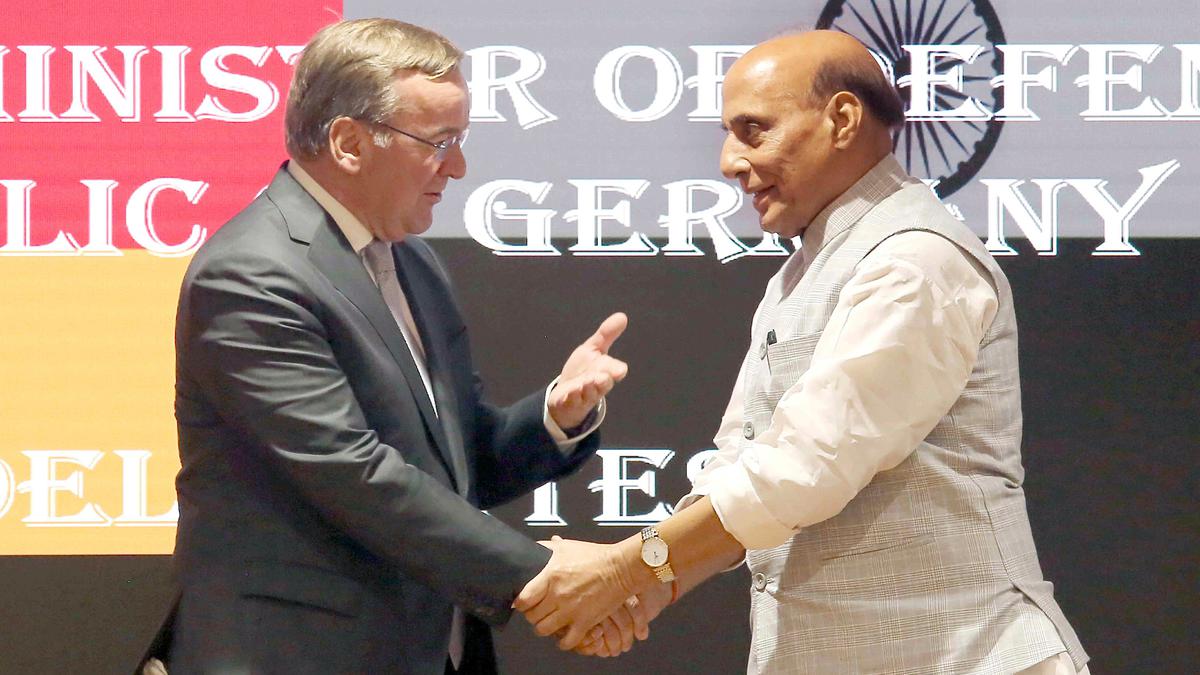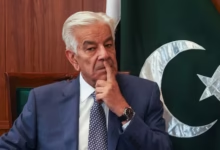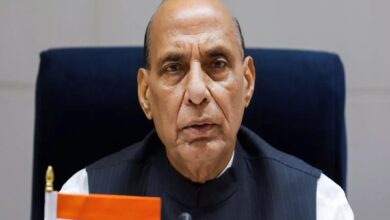Germany And India Forge ₹43,000 Crore Deal To Build 6 New Submarines

- The ministry statement said that the Indian defense industry could join the supply lines of the German defense industry.
- India and Germany could build a more mutually beneficial relationship based on shared goals and strengths that complement each other.
During talks between Indian Defense Minister Rajnath Singh and his German counterpart Boris Pistorius on Tuesday, Germany proposed building six advanced submarines in India under the government’s strategic partnership (SP) model. This would increase the Indian Navy’s strength under the water. The talks were meant to strengthen bilateral defense cooperation, with a strong focus on stronger industrial partnerships, people familiar with the matter said.
The P-75 India project is one of the most important Make in India plans.
“The Germans are excited to take part in the P-75I race to build submarines in the country. “The Indian side was happy to have them there,” said one of the officials who did not want to be named.
The Indian defense ministry said in a statement that the two leaders talked about the current bilateral defense cooperation and looked at ways to improve it, especially in the area of defense industry partnerships. The last time a German defense minister went to India was eight years ago. Sure enough, the official statement didn’t say a thing about P-75I.
India approved the $43 billion project two years ago to improve the navy and give a boost to the defense indigenization drive, which is one of the government’s main goals.
The SP model calls for major defense platforms to be made in India by an Indian strategic partner who will work with a foreign original equipment maker (OEM) to set up production facilities in India.
“We’re talking about a deal for six submarines with ThyssenKrupp Marine Systems (TKMS), but the process isn’t over yet. “I think the German industry is doing well in the race for the P-75I,” Pistorius told the German media who were with him. He went to India for four days starting on Monday.
In January 2020, the Defense Ministry gave permission to two Indian shipbuilders and five foreign shipbuilders, including the German company TKMS, to take part in P-75I.
Mazagon Dock Shipbuilders Limited and L&T are the Indian key partners that have been given the green light to work with the foreign OEMs. The French Naval Group, Russia’s Rubin Design Bureau, Spain’s Navantia, and South Korea’s Daewoo Shipbuilding & Marine Engineering Company were all given the green light to work together.
P-75I has moved very slowly since it was first thought about more than 20 years ago. It was part of a plan to build submarines over the next 30 years, which the Cabinet Committee on Security accepted in 1999.
TKMS and Mazagon Dock Shipbuilders, which is run by the government, are expected to sign a memorandum of understanding (MoU) on Wednesday, when Pistorius is in Mumbai.
A plan like this would be a step toward the two companies bidding for the multibillion-dollar submarine deal.
Tuesday, Pistorius told the German state broadcaster ARD that his only job is to help German defense companies talk with their Indian peers. “Not only would this be a big and important contract for German business, but also for India and the strategic partnership between India and Germany,” Pistorius said in German.
After France’s Naval Group and Russia’s Rubin Design Bureau pulled out of the submarine deal a year ago, the German side thinks that TKMS is one of the key candidates for the deal. Daewoo, a company from South Korea, is also in the running, but its proposed submarine is said to be based on a German design.
Air independent propulsion (AIP) systems will be built into submarines made under P-75I. These systems will allow the boats to stay underwater for longer and improve their ability to fight. The key partner in the P-75I project has to make sure that at least 45% of the submarine is made in India. By the sixth submarine, the number of Indian parts has to be at least 60%.
It will take time for the project to grow. Officials said that if everything goes well after a contract is given to one of the contenders, the first submarine won’t be given to the navy for another ten years.
When the P-75I was given the green light in 2021, it was a step toward the goals of the country’s 30-year submarine building program. The navy wants to run a fleet of 18 new boats that don’t use nuclear power and 6 boats that do. The plan to build six nuclear-powered submarines in 2015 was accepted by the government. This is a change to the submarine-building plan from 1999. Also, it wants to run a fleet of four ballistic missile submarines driven by nuclear power.
Since 2000, India and Germany have had a strategic relationship. Since 2011, consultations between heads of government have helped to strengthen this partnership.
Singh talked to Pistorius about new chances in the defense production sector, such as the possibility of German investments in the country’s two defense industrial corridors in Uttar Pradesh and Tamil Nadu. The ministry statement said that the Indian defense industry could join the supply lines of the German defense industry. This would add value to the ecosystem and help make the supply chain more resilient.
Singh said, “India and Germany could build a more mutually beneficial relationship based on shared goals and strengths that complement each other. For example, India has a skilled workforce and low prices, and Germany has high-tech and investment.”
Pistorius said that India’s continued reliance on Russian arms is not in Germany’s best interest before he went to New Delhi. He told DW, a state-owned news station, that Germany would be willing to sell submarines to India.







Facebook Comments